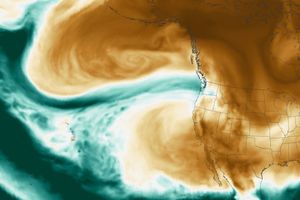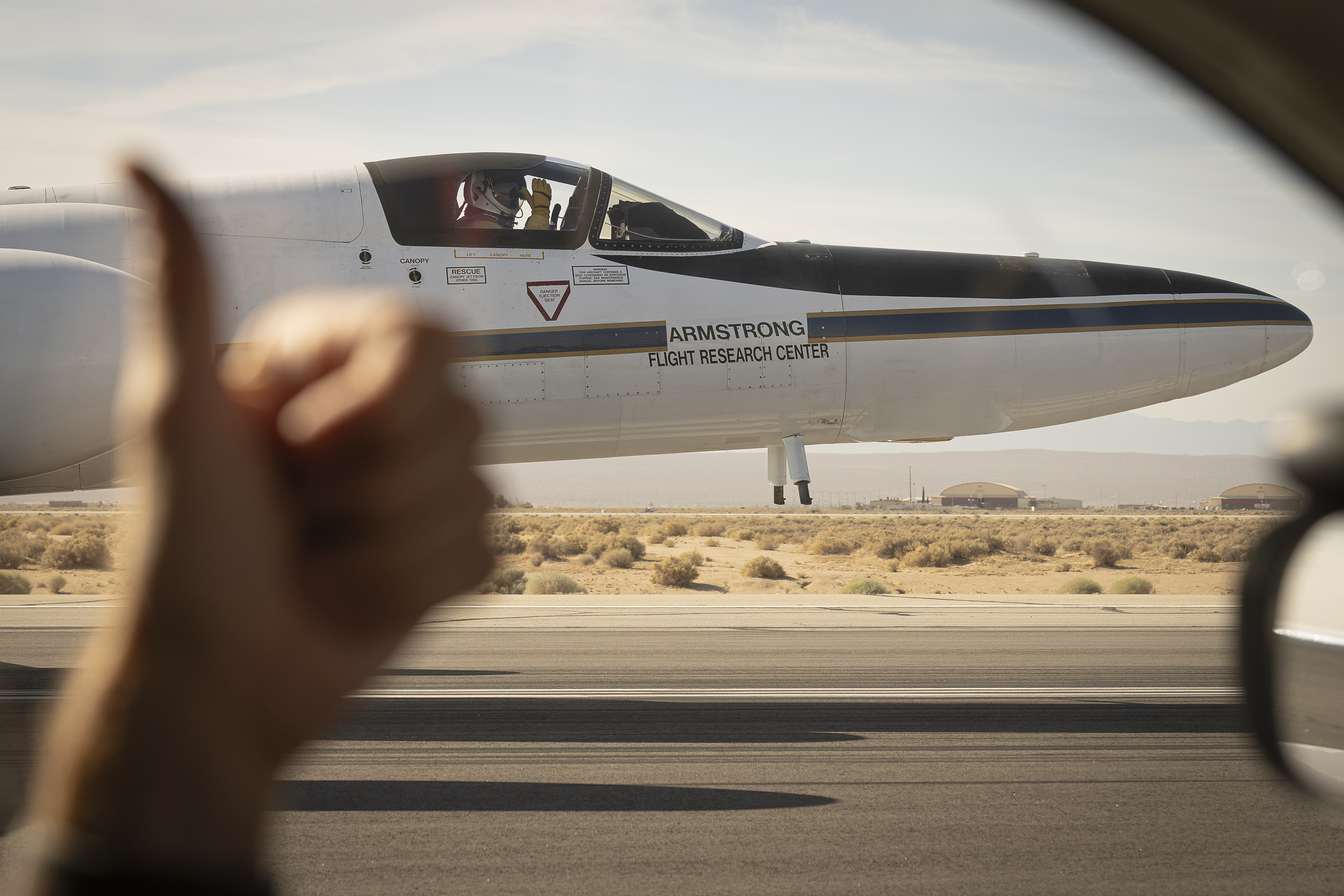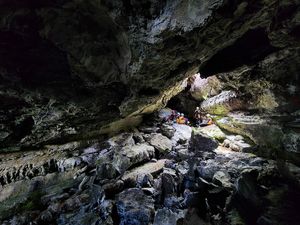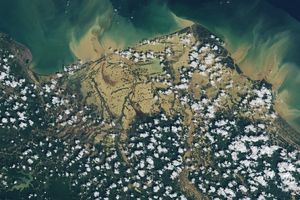Recent Earth Science News and Articles
Stay up-to-date with the latest news and articles from NASA Earth as we discover more about our home planet.

Researchers are turning to satellite data to monitor the world’s longest bridges. Due to high costs and logistical challenges, fewer than 1 in 5 bridges extending 492 feet (150 meters) or more have systems installed to track structural changes that…

A potent atmospheric river delivered intense rainfall to western Washington, triggering flooding and mudslides.

Images captured by NASA’s Parker Solar Probe as the spacecraft made its record-breaking closest approach to the Sun in December 2024 have now revealed new details about how solar magnetic fields responsible for space weather escape from the Sun —…

The right combination of conditions allowed this distinctive low cloud to form in California’s Central Valley for weeks.

AOS will make the first-ever global measurements from space that reveal how ice and water move vertically within clouds. Not only that, but it will also reveal how such motion is tied to natural and human-made aerosols. Understanding how air rises…

An astronaut photographed moonglint shimmering across the sea surface and the bright clusters of Florida’s cities at night.

Called AVIRIS-5, it’s the latest in a long line of sensors pioneered by NASA JPL to survey Earth, the Moon, and other worlds. Cradled in the nose of a high-altitude research airplane, a new NASA sensor has taken to the…

The volcano in Hawaii is one of the most active in the world, and NASA tech makes it easier for volcanologists to monitor new developments.

In September 2022, researchers from the NASA Goddard Instrument Field Team (GIFT) were guests on the Island of Hawaii, studying volcanoes and caves.

Puffs of low-level clouds mingle with the volcanic terrain of Candlemas and Vindication islands in the remote South Atlantic.

A rare tropical cyclone dropped torrential rains on the Indonesian island, fueling extensive and destructive floods.

In its first documented eruption, the Ethiopian volcano sent a plume of gas and ash drifting across continents.
Connect with us on your favorite social media channel
























